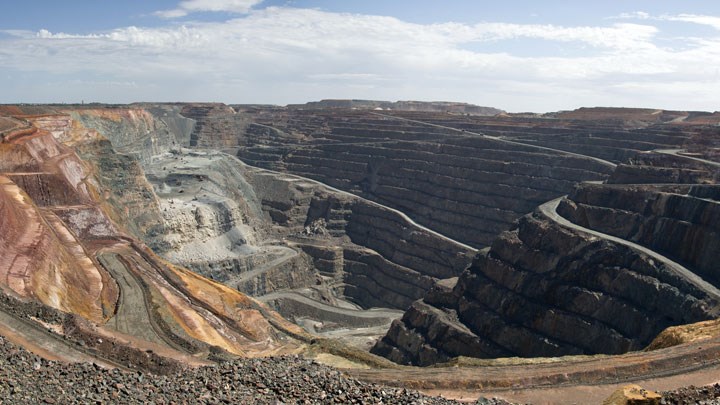Australia’s biggest polluters must cut emissions by nearly 5% a year from July

A REFORM to Australia’s climate safeguard mechanism means that more than 200 of the country’s heaviest polluters will be required to cut their greenhouse gas emissions by 4.9% a year until 2030 under binding pollution caps introduced from 1 July.
The safeguard mechanism, which has been in place since 2016, works on the idea that Australia's biggest polluters – facilities that emit more than 100,000 t/y of CO2 - keep their net emissions below an emissions limit. Historically, these baselines have been site-specific and are calculated using a production-adjusted (intensity) baseline framework, which allows baselines to grow and fall with production.
Generally this applies to large operations such as electricity generation, mining, oil and gas extraction, manufacturing, transport, and waste, and the sum of all facilities’ baselines form the overall emissions constraint for the scheme.
Firms that emitted more than their baseline would have to pay, either via a fine or buying carbon offsets.
However, when the safeguard mechanism was first introduced by the former coalition government, pollution caps were not strict enough to enforce industrial emissions reductions, and the policy largely failed, states The Guardian.
The policy has since been re-invigorated following Labour’s election pledge to cut emissions by 43% below 2005 levels by 2030 and achieve net zero emissions by 2050 – targets that were enshrined into law in the country’s Climate Change Act last year.
Starting from July, big polluters are now expected to cut their individual emissions limit by 4.9% a year until 2030, in a bid to collectively cut emissions by 205m t by the end of the decade. Firms will then transition to industry average benchmarks by 2030 which will hold facilities producing the same outputs to a common standard. New polluters would be allowed to open, and their baselines would be set at international best practice, adapted for an Australian context.
The government said it has opted for this “hybrid approach” to provide policy stability while helping to decouple economic and emissions growth.
Despite on overarching objective to stop pollution at industrial sites, the safety mechanism falls short of its ideals as under current arrangements, businesses can meet their baseline by reducing emissions on-site, or by buying and surrendering domestic offsets, in the form of Australian carbon credit units (ACCUs). An ACCU represents one tonne of CO2 that has been stored or stopped from reaching the atmosphere in the first place. Firms can also purchase credits from other safeguard facilities if it is cheaper than reducing their own emissions.
It's a double sticking point as the carbon credit scheme has recently been the subject of a review after its integrity was repeatedly called into question. “It has been argued that the level of abatement has been overstated, that ACCUs are therefore not what they are meant to be, so that the policy is not effective”, said the review’s key findings.
Although the carbon credits review panel, led by the former national chief scientist Ian Chubb, said it did not share this view, it did recommend that the Clean Energy Regulator, the government body responsible for accelerating carbon abatement for Australia, should be stripped of some of its roles to “enhance confidence and transparency”. It also recommended that the emissions reduction assurance committee, which approves the methods used to create carbon credits, be replaced with a “new body”, that is “differently constituted and supported”.
Recent Editions
Catch up on the latest news, views and jobs from The Chemical Engineer. Below are the four latest issues. View a wider selection of the archive from within the Magazine section of this site.




